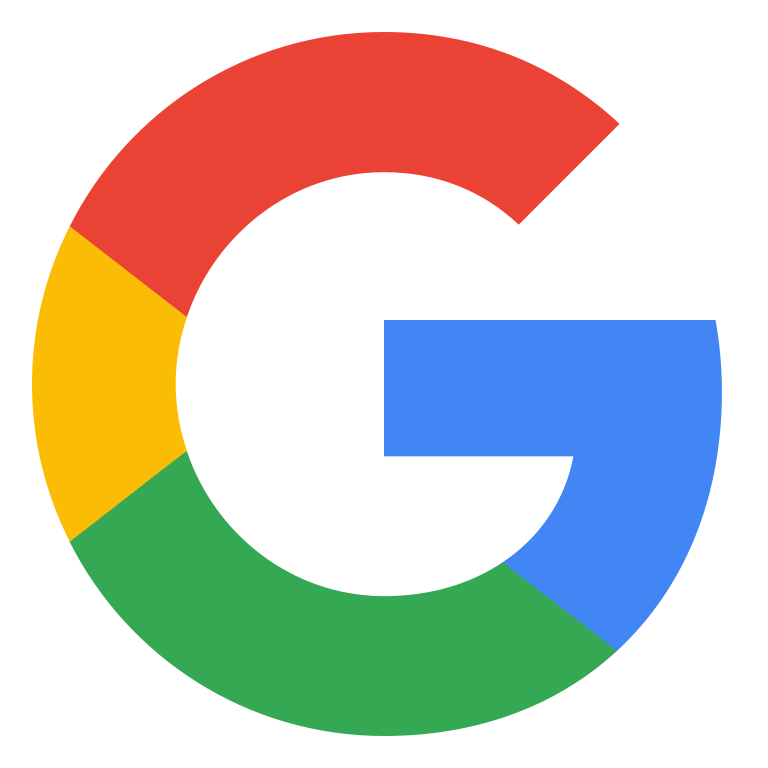How To Write Digital Product Descriptions for Your Online Store


( 1 )
Why it matters:
- 80% of shoppers rely on product descriptions to decide on purchases.
- Clear, detailed descriptions build trust and reduce returns.
Key steps to follow:
- Understand Your Audience: Create customer profiles using data like demographics, habits, and pain points.
- Focus on Benefits: Highlight how features solve problems, not just what the features are.
- Make It Easy to Read: Use bullet points, short paragraphs, and clear language.
- Tell a Story: Show how your product fits into everyday life with relatable examples.
- Use SEO Wisely: Add keywords naturally to boost search visibility.
Tools to help:
- AI writing tools can speed up content creation but always personalize and refine for authenticity.
- Use SEO tools to optimize for better rankings.
Start by testing these tips on a few products and track results like conversions and search rankings. A great product description isn’t just text – it’s a bridge between your product and your customer.
Know Your Buyers
To write product descriptions that drive sales, you need to understand your audience. Research shows companies lose $37 billion every year on ads that miss the mark with their target audience. Here’s how to ensure you’re not one of them.
Build Your Customer Profile
Start by creating detailed customer profiles using data like:
- Website analytics to monitor visitor behavior
- Customer surveys to gather direct feedback
- Social media insights to track engagement trends
- Purchase history to identify buying patterns
When building profiles, focus on these key areas:
| Aspect | Details to Include |
|---|---|
| Demographics | Age, location, income level, occupation |
| Behaviors | Shopping habits, device preferences, browsing patterns |
| Interests | Hobbies, lifestyle choices, brand preferences |
| Pain Points | Common challenges, frustrations, needs |
| Values | Core beliefs, priorities, decision-making factors |
These profiles can help you address customer challenges effectively.
Solve Customer Problems
Personalization matters – 80% of consumers prefer tailored interactions with brands. Highlight how your product addresses specific issues. For instance, instead of saying, "Nourish your hands with our 100% organic hand lotion," try something like, "Our hand lotion combats the effects of constant sanitizer use, keeping your hands soft and smooth with a lightweight, long-lasting organic formula." This approach connects directly to a common problem.
Match Your Writing Style
Your writing should reflect how your audience communicates. Consider:
- Language Level: Use terms your audience knows and uses.
- Tone: Decide if a formal or casual tone fits better.
- Cultural References: Include references your audience will relate to.
- Content Structure: Organize your content in a way that matches their reading habits.
Write Clear Product Descriptions
To boost conversions, product descriptions should be easy to understand and focused on what matters to your customers.
Focus on Customer Benefits
Great product descriptions don’t just list features – they explain how those features make life better for the customer. Translate technical specs into everyday advantages.
For example, take this hand lotion description:
"Our hand lotion is the refreshing antidote to a long year of reapplying hand sanitizer: Feel confident in your soft, smooth hands with our lightweight, long-lasting 100% organic formula."
Dyson does this well by connecting features to real-life benefits in its product descriptions:
| Feature | Benefit-Focused Description |
|---|---|
| Multiple cleaning modes | Customize your cleaning experience for any surface |
| Long-lasting battery | Clean your entire home without interruption |
| Hygienic bin emptying | Never touch dirt again – maintain a cleaner home easily |
| Wall-mount dock | Save floor space while keeping your vacuum ready |
By making benefits clear, you help customers see exactly how your product fits their needs.
Make Text Easy to Read
Clarity is key. Research shows that 78% of e-commerce sites fail to structure their product descriptions for quick reading. Break up the text with short paragraphs, bullet points, and tables. This makes it easier for customers to scan and find what they’re looking for.
Readable descriptions are the first step to creating engaging product content.
Add Product Stories
Once your descriptions are clear and easy to read, add a personal touch with storytelling. Stories can significantly increase how much customers value a product – by as much as 2,706%. Here’s a simple formula for crafting product stories:
- Set the Scene
Show how your product fits into everyday life. For instance, Vivo Barefoot highlights how their shoes help customers feel connected to nature. - Address the Conflict
Highlight a common challenge, like discomfort from long hours at a desk. - Present the Solution
Explain how your product solves the problem. For example: "Our minimalist design lets your feet move naturally, reducing fatigue and improving posture during long workdays."
Stories not only make your product memorable – they also help customers picture it in their lives.
Use Writing Tools Effectively
Clear, customer-focused descriptions are essential, but digital tools can take your content to the next level. These tools improve the quality of your product descriptions and help boost search visibility. In fact, businesses using AI for product descriptions have seen a 30% rise in conversion rates.
Work with AI Writers
AI writing tools can simplify the process of creating product descriptions without compromising on quality. To get the best results, use them wisely:
- Input Key Product Details: Include the product name, category, features, specifications, target audience, and brand voice guidelines. This ensures the AI generates relevant and on-brand content.
- Review and Personalize: AI-generated content needs a human touch to feel authentic. As one business owner put it:
"Even though AI can write product descriptions, we ensure it sounds like us, so our customers feel like they’re talking to us and not a robot".
Once the content matches your brand voice, refine it further with SEO.
Add SEO Keywords
Incorporating SEO keywords is critical for making your products more visible online. Sam Yadegar, CEO of HawkSEM, highlights:
"SEO product descriptions are fundamental in ensuring your site ranks organically for the specific products you offer. As with all aspects of SEO, our focus should always center on the buyer".
Here are a few ways successful brands integrate SEO into their descriptions:
| SEO Element | Example Implementation |
|---|---|
| Product Title | Biossance uses "squalane vitamin C rose oil" |
| Description Body | Naturally includes primary keyword "hair removal" |
| Image Alt Text | Adds target keywords to product image descriptions |
| URL Structure | Incorporates main product keyword |
Integrating these elements helps your content rank better and reach the right audience.
Polish AI Content
Think of AI tools as collaborators that need your input and refinement. As one expert put it:
"View AI tools as partners that need your guidance".
To fine-tune AI-generated descriptions:
- Use tools like Semrush‘s SEO Writing Assistant to adjust tone, formality, and readability.
- Double-check product details for accuracy to maintain customer trust.
- Keep descriptions short and easy to read to avoid overwhelming your audience.
Dave Jones, Senior Marketing Manager of Nail Salon Tech, shares this insight:
"This adaptability not only enhances customer engagement but also ensures your brand remains relevant and competitive in an ever-evolving market".
Conclusion: Steps to Better Descriptions
Clear writing and smart use of tools are just the beginning – these final steps will help you perfect your product descriptions.
Key Writing Tips
A strong product description directly addresses what buyers need. Dustin Lee, owner of RetroSupply, emphasizes:
"Your product description is the second most looked at area on your page."
Here’s what every effective product description should include:
| Element | How to Implement It |
|---|---|
| Customer Focus | Speak directly to the customer using "you" and address their challenges. |
| Benefits | Highlight what the product offers and how it solves problems. |
| Specific Details | Provide precise info like dimensions, quantities, or technical specs. |
| Readability | Use short, clear paragraphs for easy scanning. |
| Social Proof | Include testimonials or reviews to build trust. |
| SEO | Add relevant keywords naturally into your text. |
Use these elements to start improving your product listings.
Start Improving Descriptions
You can start enhancing your product descriptions right away. As Dustin Lee puts it:
"Writing to sell is all about making it easy for customers to find information. Don’t bury the awesome details of your product in a word mountain."
Test your updated descriptions on a few products and track these metrics:
- Conversion rates: Are more people buying after the update?
- Time on page: Are visitors spending more time reading?
- Bounce rates: Are fewer people leaving right away?
- Search rankings: Are your listings ranking higher for key terms?
If you see positive results, roll out similar changes across your store. If not, analyze the data and tweak your approach. Test different elements like:
- Headlines that focus on benefits
- Where you place the product story
- The positioning of your call-to-action
- How and where you use keywords
The goal is to remove any barriers to purchase. ConvertMate sums it up well:
"Effective product descriptions are crucial because they bridge the gap between the physical and the digital world."






